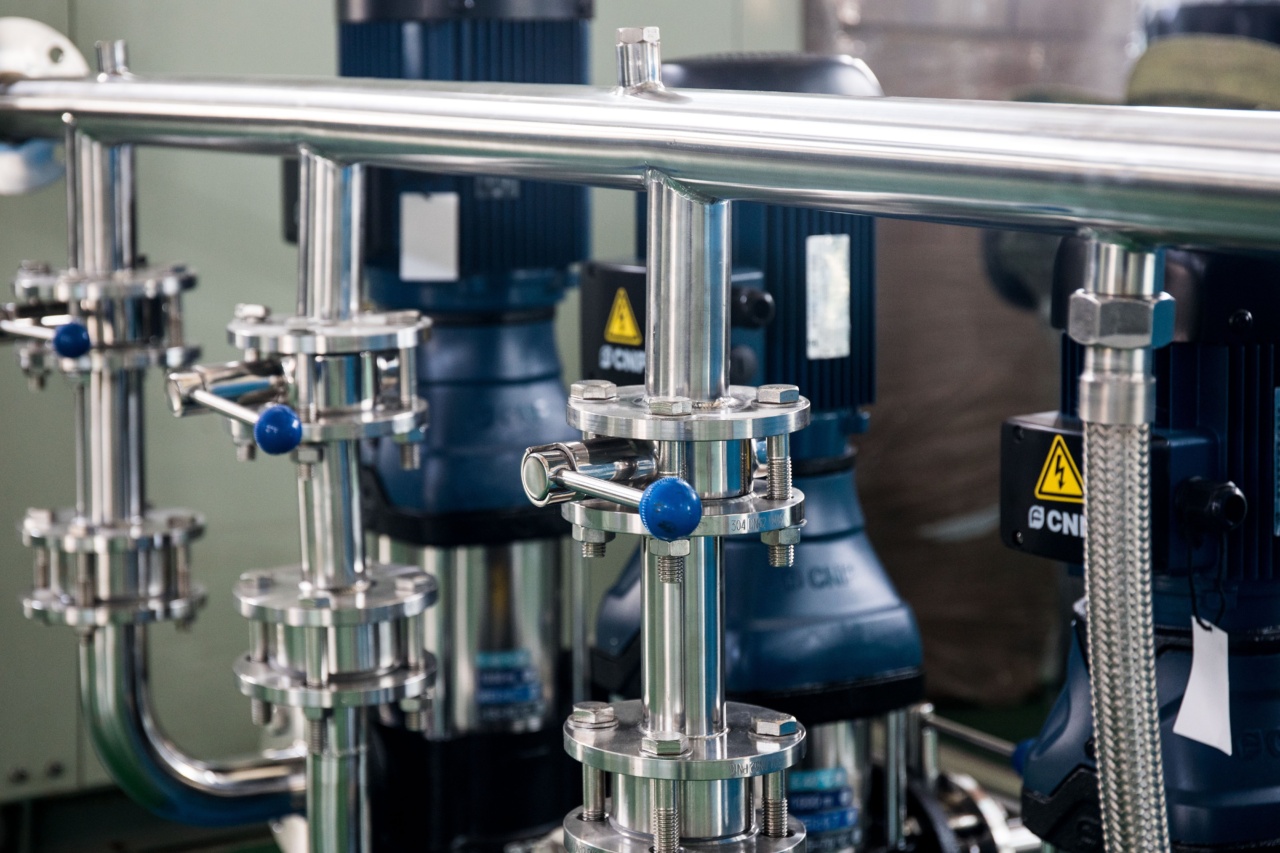In recent years, the importance of air quality in the workplace has gained significant attention. Poor air quality not only affects our physical health but also has a detrimental effect on our cognitive abilities and productivity levels.
As employees spend a significant portion of their time indoors, it is essential for employers to understand the impact of air quality on their workforce and take proactive measures to improve it. In this article, we will explore the various ways to enhance air quality in the workplace and create a healthier and more productive environment for all.
Understanding the significance of air quality
Air quality refers to the overall condition of the air within a particular space. It includes the presence of pollutants, allergens, temperature, humidity, and ventilation.
Poor air quality can lead to various health issues ranging from respiratory problems, allergies, and headaches to more severe conditions like asthma and lung cancer.
Moreover, research has shown a direct correlation between air quality and productivity. Employees working in spaces with better air quality tend to be more focused, alert, and exhibit higher cognitive abilities.
On the other hand, poor air quality can lead to tiredness, lack of concentration, and reduced productivity levels.
The impact of indoor pollutants on air quality
Indoor air pollution can arise from various sources such as chemicals used in cleaning products, furniture off-gassing, poor ventilation systems, and even outdoor pollutants that seep inside.
Some common indoor pollutants include volatile organic compounds (VOCs), formaldehyde, radon, carbon monoxide, and particulate matter.
VOCs are gases emitted from various products like paints, adhesives, cleaning supplies, and even office equipment like printers.
These compounds can cause eye, nose, and throat irritation, headaches, and in some cases, more severe health issues like cancer. Formaldehyde is another common indoor pollutant found in building materials, furniture, and certain cleaning products. It can cause respiratory problems, irritate the skin, and lead to eye irritation.
Radon is a naturally occurring radioactive gas that can seep into buildings from the ground. Exposure to radon over long periods has been linked to lung cancer.
Carbon monoxide is a colorless, odorless gas produced by burning fuels such as gas, oil, coal, and wood. In enclosed spaces, high levels of carbon monoxide can be deadly. Particulate matter refers to small airborne particles like dust, pollen, and mold spores that can cause respiratory problems, allergies, and aggravate existing conditions like asthma.
Improving air quality: A holistic approach
Improving air quality in the workplace requires a holistic approach that addresses various aspects of indoor pollution. Here are ten effective ways employers can ensure a healthier environment for their employees:.
1. Regular ventilation system maintenance
A well-maintained ventilation system is crucial for maintaining good air quality. Proper ventilation helps in removing pollutants and brings in fresh outdoor air.
Regular inspection, cleaning, and maintenance of ventilation systems, including air ducts, filters, and fans, can significantly improve indoor air quality.
2. Use of air purifiers
Air purifiers equipped with HEPA (High-Efficiency Particulate Air) filters are highly effective in filtering out pollutants and improving air quality.
These compact devices can be placed strategically throughout the workplace to remove dust, allergens, and other harmful particles. Depending on the size of the workspace, multiple air purifiers might be required.
3. Minimize the use of pollutants
Take measures to minimize the use of products that emit harmful pollutants. Encourage the use of eco-friendly cleaning supplies, paints, adhesives, and furniture that have low VOC emissions.
Provide guidelines to employees on choosing products that are less harmful to indoor air quality.
4. Implement a no-smoking policy
Smoking is a major contributor to indoor air pollution. Implementing a strict no-smoking policy within the workplace premises can significantly improve air quality and protect the health of non-smoking employees.
5. Increase greenery indoors
Introducing plants into the workspace not only adds aesthetic beauty but also enhances air quality. Certain plants act as natural air filters, removing toxins and replenishing oxygen levels.
Boston Fern, Snake Plant, and Spider Plant are a few excellent choices for indoor air purification.
6. Proper waste management
Effective waste management is essential to prevent the accumulation of garbage and the growth of mold and bacteria.
Implement a proper waste disposal system, which includes regular emptying of trash cans, separate bins for recyclable materials, and efficient cleaning practices.
7. Monitor humidity levels
High humidity levels can promote the growth of mold and mildew, which negatively impact air quality. Use humidity monitors and maintain indoor humidity levels between 30% to 50% to prevent the growth of these harmful microorganisms.
8. Educate employees on indoor air quality
Raise awareness among employees about the importance of air quality and provide them with information on how they can contribute to maintaining a healthy workplace environment.
Encourage good habits like ensuring proper ventilation, reporting any air quality concerns, and keeping personal spaces clean and well-ventilated.
9. Regular cleaning and maintenance
Implement a regular cleaning schedule to remove dust, dirt, and other allergens that can accumulate over time. Regularly vacuum carpets, dust surfaces, and clean furniture to prevent the buildup of indoor pollutants.
10. Conduct air quality assessments
Hiring professionals to conduct air quality assessments can provide valuable insights into potential issues and help implement appropriate solutions.
These assessments often involve measuring pollutant levels, identifying problem areas, and recommending actions for improvement.
Conclusion
Recognizing the importance of air quality in the workplace and taking proactive measures to improve it is a win-win situation for both employers and employees.
Investing in creating a healthier indoor environment can lead to improved employee health, increased productivity, and reduced absenteeism. By implementing the strategies mentioned above, employers can ensure that their workforce breathes easy and thrives in a clean and healthy workspace.




























